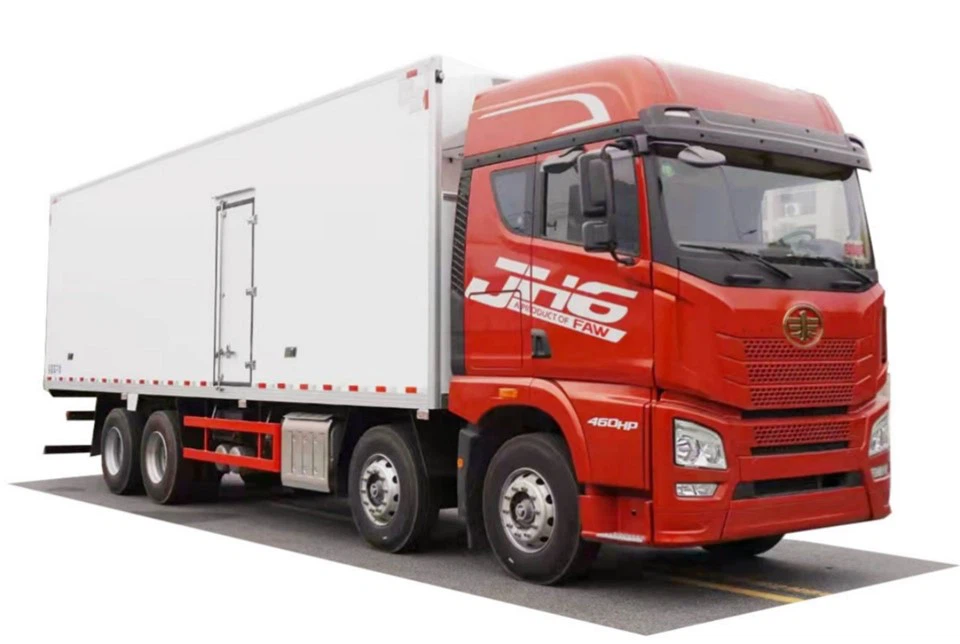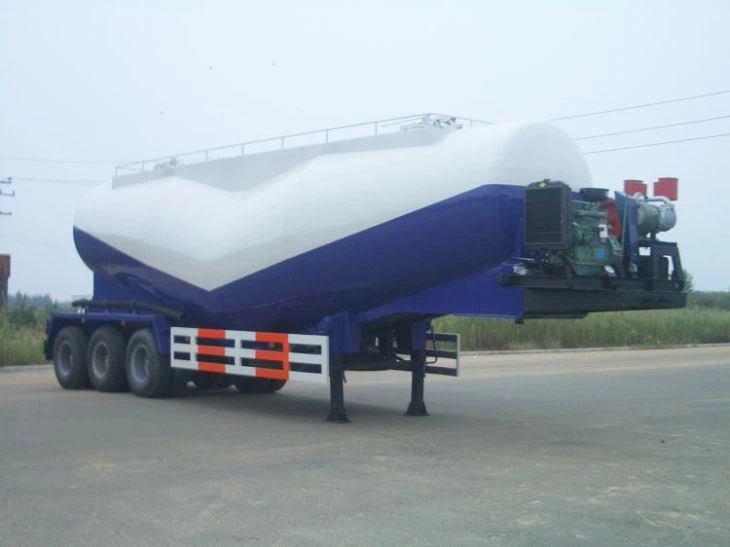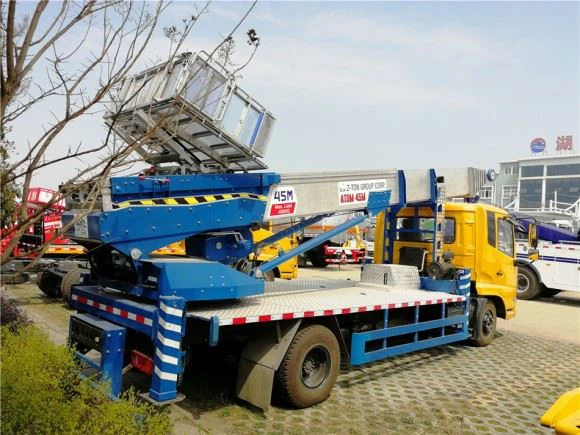Understanding Fuel Tanker Volume: A Comprehensive Guide

Fuel tanker volume is a critical aspect of the logistics and transportation sector, impacting how fuel is delivered, stored, and ultimately consumed. In this article, we will explore the various elements associated with fuel tanker volume, including its calculations, importance, types of tankers, and best practices for managing fuel tanker operations efficiently.
The Importance of Fuel Tanker Volume
Fuel tanker volume refers to the capacity of fuel tankers to transport liquid fuels, which can vary by design and purpose. Understanding fuel tanker volume is essential for several reasons:
- Operational Efficiency: Knowing the volume helps optimize routes and schedules, reducing costs.
- Safety Measures: Proper understanding ensures adherence to safety regulations and prevents overloading.
- Cost Analysis: Accurately assessing volume aids in budgeting and financial planning.
- Environmental Impact: Effective volume management can lead to lower emissions and better fuel conservation.
Key Factors Affecting Fuel Tanker Volume
1. Design Specifications
The design of a fuel tanker significantly impacts its volume capacity. Tankers may have different shapes and dimensions depending on their intended use. The common types of tankers include:
- Standard Tankers: Typically cylindrical, these tankers are designed for a specific volume.
- Iso Containers: These are used for intermodal transport and have a standardized volume.
- Specialty Tankers: Designed for specific fuel types, such as LNG or chemicals.
2. Material Composition
The materials used for constructing fuel tankers also determine the allowable volume. Stainless steel and aluminum are common materials due to their strength and durability.
3. Weight Limitations
Each tanker has weight limitations governed by local laws and regulations, influencing the volume of fuel that can be transported without exceeding safety limits.
Calculating Fuel Tanker Volume
Calculating fuel tanker volume requires knowledge of the tanker’s dimensions and shape. The basic formula to determine the volume of a cylindrical tank is:
Volume = π × r² × h
Where:
- π: Approximately 3.14159
- r: Radius of the tank base
- h: Height of the tank
Practical Example
Let’s say we have a cylindrical fuel tanker with a radius of 1 meter and a height of 3 meters. The volume can be calculated as:
Volume = π × (1)² × (3) = 3.14 × 1 × 3 ≈ 9.42 cubic meters
This means that the tanker can carry approximately 9,420 liters of fuel, considering that 1 cubic meter equals 1,000 liters.
Types of Fuel Tankers
1. Road Tankers
Road tankers are commonly used for transporting fuel overland. They come in various shapes and sizes, depending on the distance traveled and the quantity of fuel being transported.
2. Rail Tankers
These are designed for long-distance transport via rail and usually have larger capacities than road tankers.
3. Marine Tankers
Marine fuel tankers are large ships designed to carry fuel over vast distances across oceans and seas.
Best Practices for Optimizing Fuel Tanker Volume
1. Regular Maintenance
Regular checks and maintenance of fuel tankers can prevent leaks and ensure that the vessel is operating at optimal volume capacity.
2. Training Personnel
Invest in training your staff on the best practices for loading and unloading fuel to maximize the efficiency and safety of fuel transportation.
3. Utilizing Technology
Consider implementing advanced tracking systems to monitor fuel levels and manage logistics effectively.
Environmental Considerations
Proper management of fuel tanker volume can greatly reduce environmental impacts. Strategies include:
- Efficient Routing: Optimize routes to minimize fuel consumption.
- Leak Prevention: Regular checks for leaks and maintenance to prevent spills.

Traffic and Regulatory Compliance
Compliance with local and national regulations regarding the transportation of fuels is imperative. Understanding these regulations can help avoid penalties and ensure safe operations.
Key Regulations
- DOT regulations regarding hazardous materials transportation
- Environmental Protection Agency (EPA) standards
- Local transportation guidelines
Technological Advancements in Fuel Tanker Operations
1. Digital Monitors
Many modern tankers are now equipped with digital monitors to provide real-time data on fuel levels and volume measurements.
2. Automated Loading Systems
Automated systems can enhance efficiency during the loading and unloading processes, reducing waste and time spent.

Cost Implications of Fuel Tanker Volume
Understanding the costs associated with fuel tanker volume includes several factors:
- Fuel Costs: The price of fuel directly affects operational costs.
- Maintenance Costs: Regular maintenance is crucial for efficiency.
- Labor Costs: Efficient routes and processes can minimize labor expenses.

Frequently Asked Questions (FAQs)
1. What is the average capacity of a fuel tanker?
The average capacity of a fuel tanker varies widely, ranging from 5,000 to 40,000 liters or more, depending on the type of tanker and its intended use.
2. How can I optimize my fuel tanker operations?
To optimize fuel tanker operations, focus on route planning, regular maintenance, employee training, and utilizing technology for tracking and monitoring.
3. What safety measures should be in place for fuel tanker operations?
Safety measures include proper training for personnel, regular inspections, compliance with regulations, and secure loading and unloading areas.
4. What environmental regulations affect fuel tanker operations?
Fuel tanker operations must comply with regulations from organizations like the EPA, DOT, and local agencies concerning hazardous materials and environmental protections.
5. Are there special tankers for transporting specific types of fuel?
Yes, there are specialty tankers designed for specific fuel types such as liquefied natural gas (LNG), chemicals, and hazardous materials.
6. How do I calculate the volume of fuel in a tanker?
The volume can be calculated using the formula for the volume of a cylinder: Volume = π × r² × h, where r is the radius and h is the height of the tank.
